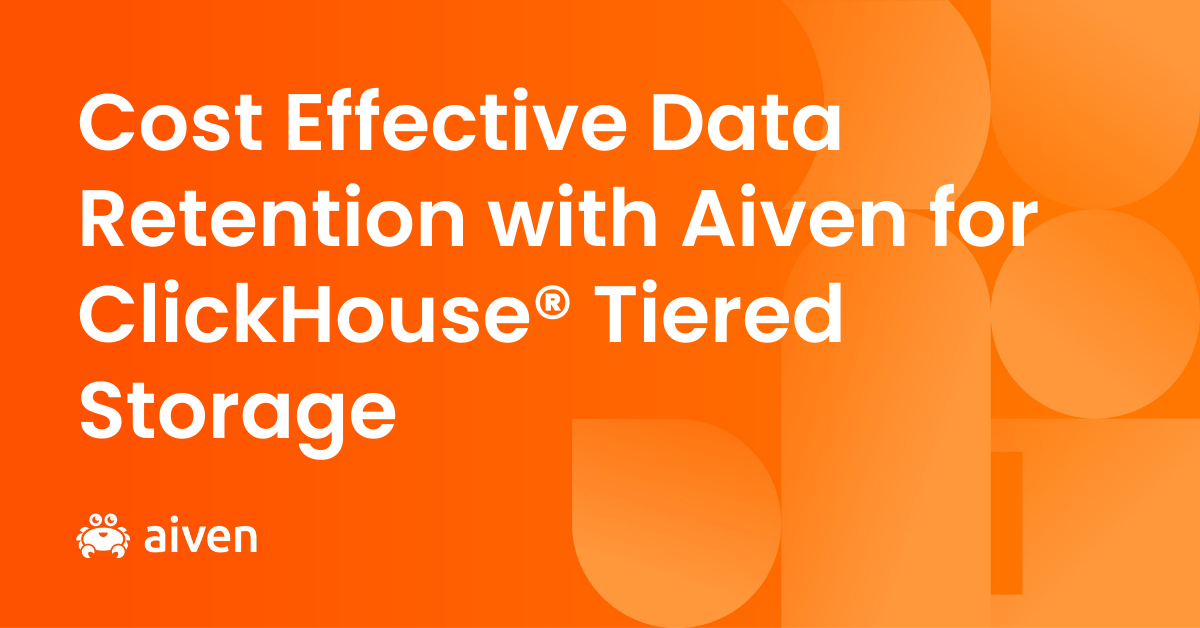Nov 15, 2019
Aiven supports managed PostgreSQL® 12
PostgreSQL 12 is now available on Aiven. Find out how it'll greatly improve space usage and partitioning, and how you can access it today!
John Hammink
|RSS FeedDeveloper Advocate at Aiven
You can now create a PostgreSQL 12 service on any of Aiven’s supported clouds, making Aiven the first cloud service to provide managed PostgreSQL 12.
PostgreSQL's latest version upgrade brings improvements to the table in all areas from better performing B-tree indexes to a more mature partitioning system.
Major enhancements including partitioning improvements
General performance improvements include space usage optimization and read/write performance for B-tree indexes.
There are also a number of partitioning enhancements:
- improved query performance on tables with thousands of partitions
- improved insertion performance (
INSERTandCOPY) - the ability to run
ALTER TABLE ATTACH PARTITIONwithout encountering blocking queries
Additional major enhancements:
- support for SQL/JSON path language
- stored generated columns
- enablement of case-insensitive and accent-insensitive grouping and ordering
- new server-side authentication features
For a complete list of improvements built into PostgreSQL 12, have a look at the release page.
How to get managed PostgreSQL 12
When creating the service from the Aiven console, simply select ‘12’ in the drop-down menu from the PostgreSQL service box, choose your preferred cloud and region, and cluster size.
You also have a number of alternatives when creating a new PostgreSQL 12 service, such as the Aiven REST API, CLI, and your Terraform tooling.
For those of you using an older version who want to upgrade their current cluster to PostreSQL 12, you can perform an in-place upgrade.
Wrapping up
With PostgreSQL 12, you have improved performance on partitioning and indexes as well as a range of new features. We’ll always quickly add the latest versions to our services, so remember to follow our blog and changelog RSS feeds; or, follow us on Twitter or LinkedIn.
Stay updated with Aiven
Subscribe for the latest news and insights on open source, Aiven offerings, and more.



